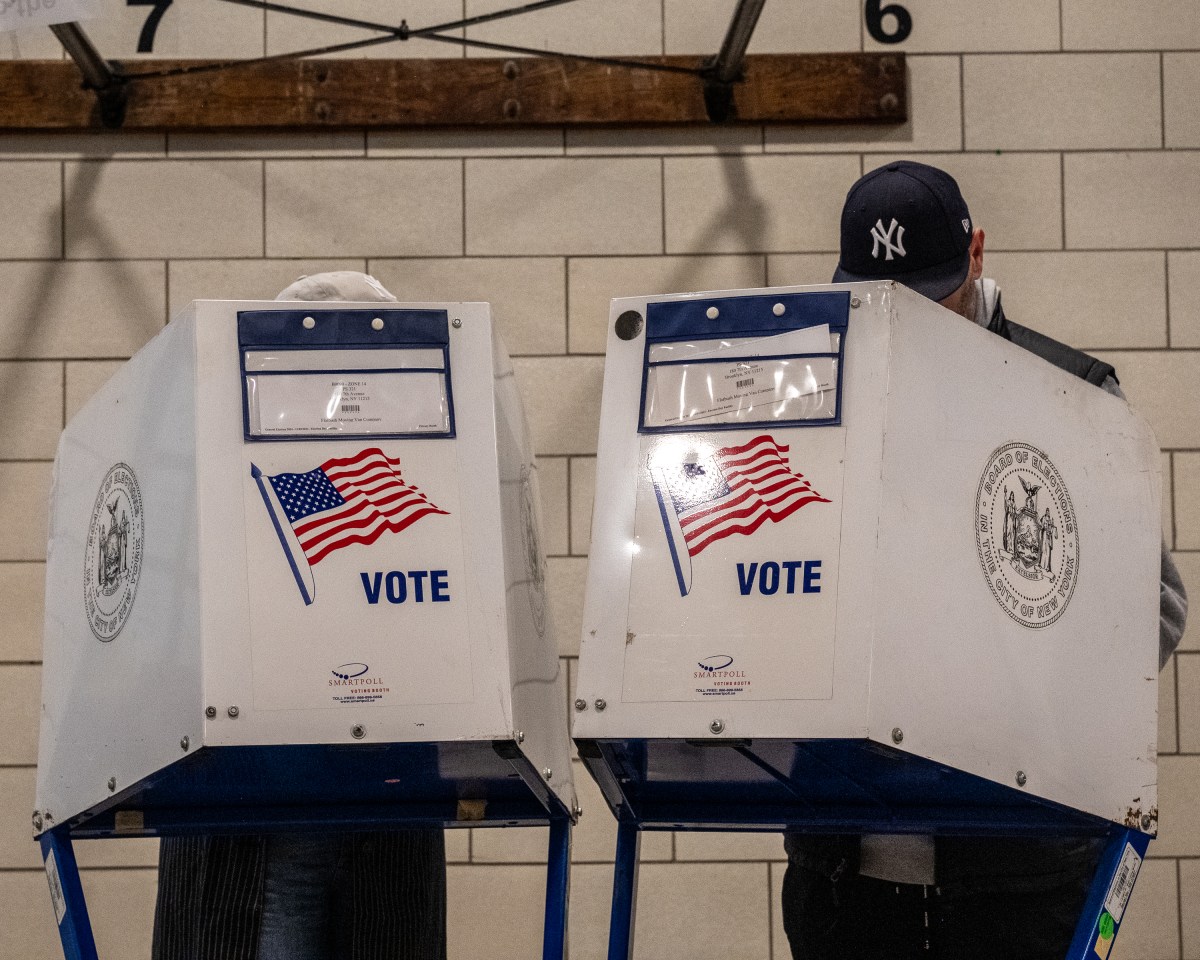By Doug Claffey, Energage
People often ask me what separates Top Workplaces from the rest. And while they outperform average organizations on many levels, there’s one key distinction: Top Workplaces leaders know that creating a workplace culture where employees are highly engaged is a competitive advantage. And they make it a strategic priority, day in and day out.
Nationwide, less than a third of employees are truly engaged at work. But it’s a different story at Top Workplaces. Of the 57,000 organizations we’ve surveyed since 2006, Top Workplaces achieve almost double the engagement rate. Those companies that score in the top 10 percent on our surveys see engagement levels above 85 percent.
Recognition and bragging rights aside, employee engagement translates into stronger retention, higher productivity, and better performance. But employee engagement is the outcome of a healthy workplace culture. In today’s business environment, employee culture distinguishes the world’s most valuable companies. It’s where value is created or destroyed.
In fact, culture is the only remaining sustainable competitive advantage. Great business strategies can be copied, but culture cannot. When an organization’s culture fails, it’s only a matter of time before it becomes public and costly.
Every organization has a culture. Some are intentional, some accidental. Companies that say culture is a priority but don’t back it up are just fooling themselves. This is how leaders lose their jobs and how companies cease to exist.
Leaders at Top Workplaces are intentional about defining and forging a unique culture that directly supports specific business goals. Not that all cultures are the same. Even among Top Workplaces, some thrive on high energy and fun, while others benefit from quiet intensity. So ask yourself:
- What defines your workplace culture?
- How do you know?
- Are you happy with it?
- Is it helping or hindering your business objectives?
Whenever I ask leaders these questions, the answers spur terrific discussions. The challenge is understanding how to measure culture and how to change it. The most tangible measure of culture is employee engagement. Great workplace cultures flourish when a team of talented people share an organization’s values and embrace its objectives. We look at these key factors in engagement:
- Motivation: As an employee, do you feel you are giving your best?
- Commitment: Do you want to stay?
- Referral: Would you recommend the organization to others?
Strong cultures become self-sustaining: they attract like-minded people who will thrive in that environment. That’s why Top Workplaces can be picky about who they bring onboard, whereas other organizations have to pay more money to keep people.
Speaking of spending, isn’t it strange that some organizations have training budgets and hiring budgets, but not budgets for culture and retention? Training and consulting soak up money and time but tend to not change behaviors.
Today we see companies using technology in smart ways connect with their employees and move the needle on employee engagement. This new breed of solutions — inspired by social media and backed by neuroscience — open the lines of communication and enable organizations to craft a culture that supports business strategy and is resilient to changes in their market.
Creating a great workplace culture requires raising the level of trust and connection among employees so they commit their best every day. Top Workplaces do this, and they do it consistently well. So when leaders at aspiring organizations ask me how they, too, can capture this advantage, my answer is this: get intentional about your workplace culture.
Nominate your company as a New York City Top Workplace at amny.com/nominate.





































